What are Wildflowers: 10 Types of Native Wildflowers to Plant in Your Garden
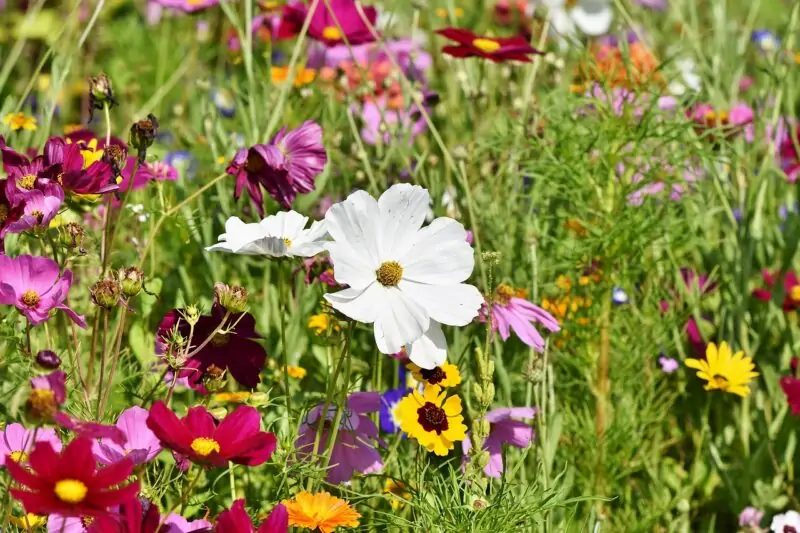
Warning: Undefined property: stdClass::$error in /sites/makeoveridea.com/wp-content/themes/theissue/inc/misc.php on line 71
Hello, dear friends! Today we’re embarking on a journey to answer the question: what are wildflowers? These unsung heroes of nature enrich our world with colors, fragrances, and biodiversity. We’ll delve into their roles in ecosystems, their uses, and explore some popular wildflower species.
What is a Wildflower?
Defining the Term ‘Wildflower’
A wildflower is, in essence, a flower that’s decided to set up its home in the wild. It’s a plant that grows and blossoms without any human aid or cultivation. They could be perennials, popping up every year, or annuals, gracing us with their beauty for a single season. You’ll find them basking in full sun or playing hide-and-seek in the shade, adapting to their surroundings.
The Role of Wildflowers in Biodiversity
Wildflowers are biodiversity’s best friends. Acting as a source of food and habitat, they support various creatures, from tiny insects to graceful birds. Furthermore, they work towards improving soil fertility and maintaining water purity. So, every wildflower, whether growing wildflowers in your backyard or spotted on a nature trail, is a testament to a thriving ecosystem.
List of 10 Wildflowers
New England Aster (Symphyotrichum Novae-Angliae)
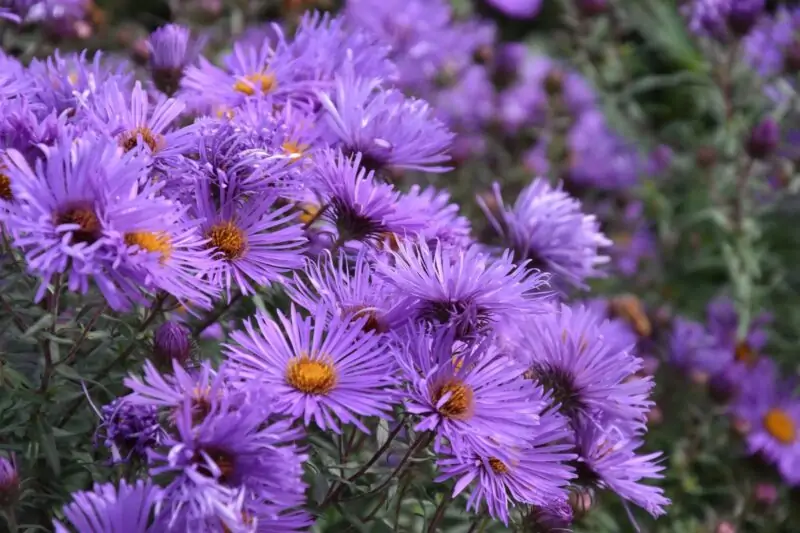
Our first guest, the New England Aster, is a proud native wildflower species. Sporting clusters of delightful pink flowers, it blooms heartily in early summer. Growing to a majestic 5 feet tall, it’s a stellar addition to wildflower gardens. The sight of it swaying in the breeze is pure poetry!
Black-eyed Susan (Rudbeckia Hirta)
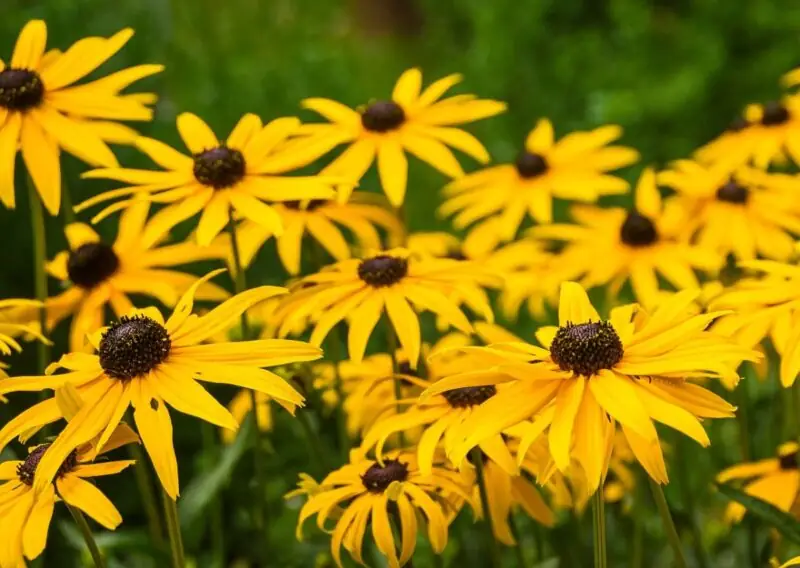
Meet the sun-loving Black-eyed Susan. Its bright yellow flowers, centering around a ‘black eye,’ paint a vivid picture against the landscape. As a native to the United States, it’s a familiar and beloved sight, drawing butterflies and bees in with its beauty.
Yarrow (Achillea Millefolium)

Up next is Yarrow, a charming wildflower with its delicate cloud of white flowers atop gray-green foliage. This perennial is a popular pick among different types of wildflowers for its ease of growth and resilience, making it a great addition to your wildflower seeds collection.
Cardinal Flower (Lobelia Cardinalis)
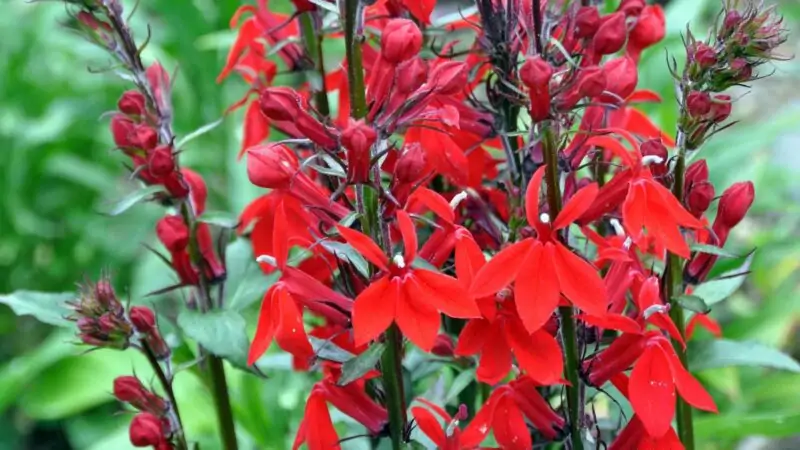
The Cardinal Flower, with its fiery red petals, brings a pop of color to any setting. This shade-loving native species has a special relationship with hummingbirds, making it an ideal choice for those looking to attract these beautiful birds to their wildflower gardens.
Columbine (Aquilegia)
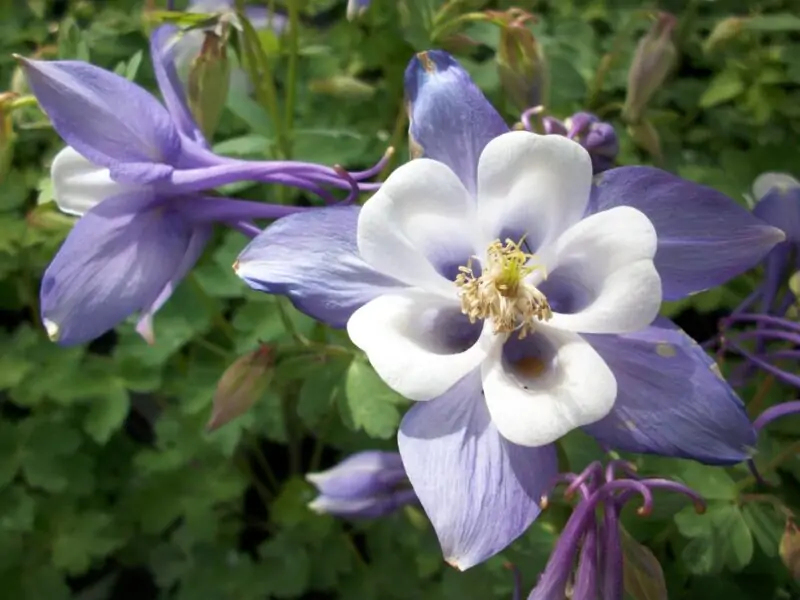
The unique, bell-shaped flowers of Columbine are a nectar-filled delight for hummingbirds. A wildflower that’s both stunning and easy to grow, Columbine’s ability to self-seed ensures that it makes a yearly appearance in your wildflower meadow, making a strong case for cultivating native plants.
Purple Coneflower (Echinacea Purpurea)

Next on the list is the Purple Coneflower, also known as Echinacea purpurea. It’s a native plant species that bears beautiful wildflowers with purple petals. Loved by bees and butterflies alike, its fragrant flowers are hard to resist.
Blanket Flower (Gaillardia)
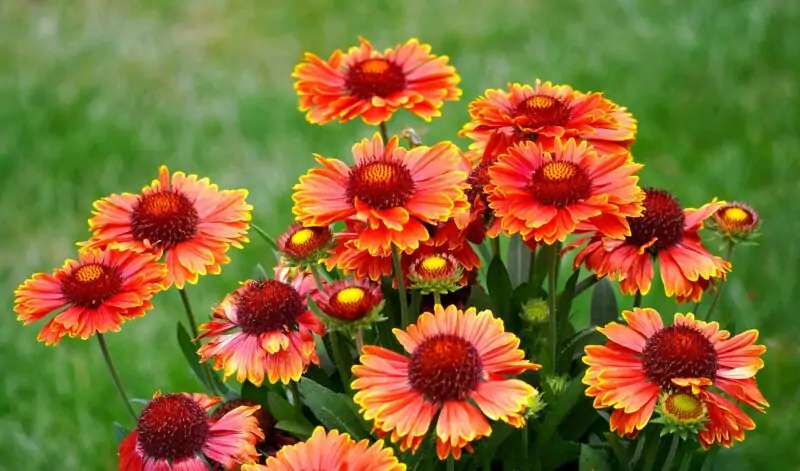
Welcome the vibrant Blanket Flower, a native to the U.S. This sun-loving plant species is famous for its red and yellow flowers. It’s a hardy wildflower that’s easy to grow, making it a colorful staple in wildflower mixes across the United States.
Oxeye Daisy (Leucanthemum Vulgare)
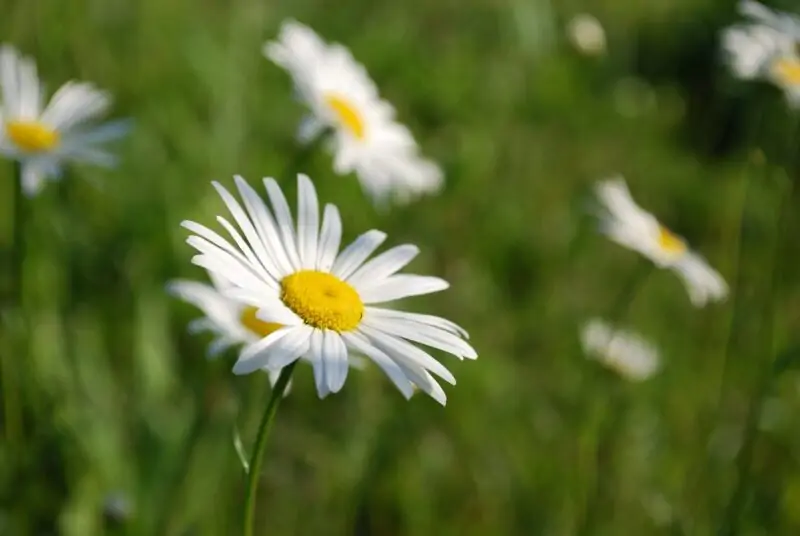
The Oxeye Daisy, introduced from Europe, has become a common sight in North American meadows. It’s often considered a weed due to its tendency to become invasive, but its pristine white flowers can create a breathtaking white blanket when in full bloom.
Wild Rose (Rosa)

Nothing quite embodies the spirit of wildflowers like the Wild Rose. Blooming beautifully in its natural habitat, it attracts pollinators with its fragrant flowers. This hardy flowering plant adds charm to the landscape, whether it’s cultivated or growing freely in the wild.
Common Blue Violet (Viola Sororia)
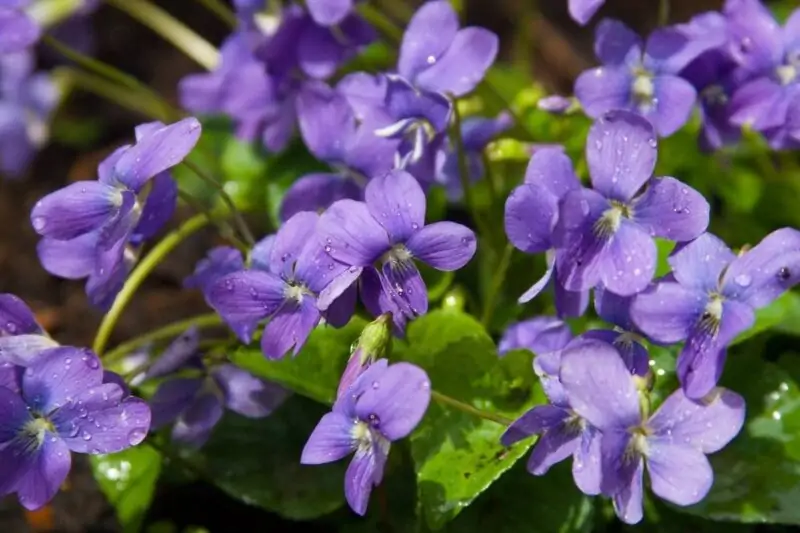
Rounding up our list is the Common Blue Violet. Its blue-purple flowers add a touch of magic to the landscape. This wildflower species is perfect for shaded areas and will come back year after year, making it a favorite amongst the annuals and perennials.
The Significance of Wildflowers
Wildflowers and Pollinators
Wildflowers and pollinators share a special relationship. From bees to butterflies, pollinators visit these natural nectar bars, aiding in the plants’ reproduction process. So, the next time you see a bee balm or a sunflower, remember, they’re integral parts of our ecosystem!
Wildflowers in Woodland Areas
Woodlands provide a different kind of stage for wildflowers. Here, species like the Common Blue Violet or the Columbine create a captivating spectacle under the cover of towering trees. These wildflowers are native to such settings and play a crucial role in maintaining woodland biodiversity.
Exploring More About Wildflowers
Therapeutic Uses of Wildflowers
Many wildflowers like Echinacea purpurea (Purple Coneflower) and Yarrow have therapeutic uses. They’ve been traditionally used for their medicinal properties. So, these beauties are not just pretty to look at; they’re pretty useful too!
Environmental Impact and Conservation of Wildflowers
Wildflowers, unfortunately, face threats from habitat loss and invasive species. This calls for their conservation. By cultivating native wildflowers, we can help in preserving these species. They’re easy to grow and require minimal care, making them a great choice for any garden.
FAQs
A wildflower is a flower that grows in the wild without human intervention, while a regular flower can be part of a planned and cultivated garden.
Identifying wildflowers can be an exciting task. Look for specific features like the color and shape of petals, foliage, and the habitat in which the plant grows. There are also many wildflower guides and apps available to help you!
Yes, most wildflowers are beneficial to pollinators. They provide them with the nectar they need and in turn, pollinators help in the plants’ reproduction process.
Wildflower mixes are a great way to attract a variety of pollinators to your garden. They’re easy to germinate and require minimal care, making them perfect for beginners and experienced gardeners alike!
Conclusion
And that’s a wrap on our journey through the world of wildflowers. We’ve embarked on a comprehensive exploration to answer the question, “what are wildflowers”, and delved into their significance within ecosystems and their myriad uses. We’ve even taken the time to identify some of the most common species. The next time you find yourself in nature, or perhaps just in your backyard, I encourage you to take a moment to appreciate these humble beauties.